7 Ways to Build a Supportive Community in the Early Childhood Environment
Having a strong sense of community within the early learning environment is very important and has significant benefits when it comes to the learning of our little ones. When young children feel supported, they have a sense of belonging, and they are much more likely to go to school ready to learn and engage!
Below are 7 ways for building a supportive community in the early childhood space. At Ruh Early Years, how we do this develops a lasting foundation for lifelong learning and success.
1. Learn everyone's names.
One of the first and most important ways to build a sense of community in a classroom is for children to feel like their educators and friends know their name, who they are, and are happy to see them each day. Greetings are critical to an excellent start to the day! Take the time to learn childrens' names and create opportunities for children to hear and practice names as well. This can be done through songs, morning meetings, roll calls, and more!
2. Display the learners' pictures in their learning space.
When a child sees pictures of themselves and their families, it can give them a sense of comfort and can also be a conversation starter. It is important for children to see pictures of their classmates and their families, as it can make them feel like they understand one another better, building that community bond.
3. Spending time as a whole group.
When children spend time focusing on discussions surrounding a specific topic of interest, it benefits the community within the classroom. A whole-group time is essential, as it allows for children to support, share, and listen to one another. A great way to engage children is to allow them to share a specific memory, bring in something special from home to show the class, or answer a question while providing a reason behind their response.
4. Reading stories together.
Listening to stories together is so important, as it captures everyone's attention and can cover values such as cooperation, kindness, friendship, and more. Books have the power to bring these little ones together, build imagination, and foster connection amongst listeners.
5. Enjoy music as a group.
Enjoying music time is an excellent way to build a classroom community. Having fun with songs, playing instruments, and learning dances can create positive experiences and build collective memories for the group. Music has the power to calm, excite, and facilitate joy!
6. Take advantage of snack/meal times.
Food can bring people together. Sitting around a table for snack time can foster communication and conversation between children and with their educators. This is a great time to take a break from the busy day to share stories, connect, and build friendships.
7. Do fun and engaging activities together.
Fun and engaging activities can bring a group together to work toward a common goal. Activities, play, and projects can build community through sharing ideas, asking questions, helping one another, and playing a role in the group. Children can practice demonstrating support and encouragement to each other. When children feel like their input matters, they feel a sense of connection to the group.
That's why at Ruh Early Years, we proudly embrace a collaborative and supportive learning environment for the early childhood setting. Most importantly, these young changemakers of tomorrow need to have fun while getting to know one another and enjoy the process of building a strong community within the early learning centre. A supportive community at Ruh paves the way for children who are engaged and ready to learn.
#RuhEarlyYears #PreschoolinCoimbatore #RuhDifference
